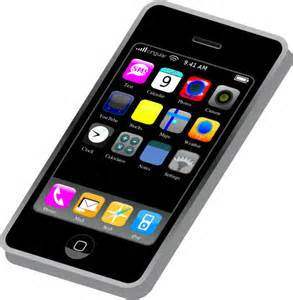
Litigation has been transformed over the past decade or so by e-discovery. An entire industry has developed around the collection and presentation of emails, text messages, social networking posts, etc. In large commercial cases, it is not unusual to have an outside vendor handling this evidence from discovery through trial. But what about a different kind of case, for example, a contested domestic violence hearing, where the victim, often acting pro se, comes to court with a smart phone containing allegedly threatening text messages, and seeks to introduce those messages into evidence. They only exist on the phone, so there is nothing that the victim can physically introduce into evidence, and therefore no documentary evidence of the messages that can be reviewed on appeal. How then does a court accept evidence from a plaintiff's cell phone into the court record?
This was precisely the question facing the court in E.C. v. R.H., a recent unpublished Law Division decision. In that case, plaintiff alleged that defendant harassed her through unwanted texts, social media posts, and voice mails. She asked the court to enter a restraining order against defendant. At the start of the hearing on her application, plaintiff sought to introduce evidence of several allegedly harassing communications that were stored on her cell phone. The court observed that the court rules, which were designed to handle tangible evidence, were not designed to handle a request like this: "[S]ome of the more traditional methods of introducing evidence into court do not address the specialized needs and practical problems which may arise when parties come into court and seek to introduce information stored on their cell phones directly into evidence." The Court further observed that this problem was exacerbated in the domestic violence context, which involves "expedited summary proceedings [and] self-represented litigants who have little or no legal training at all."
Continue reading “Court Adopts Low Tech Solution to High Tech Evidence Problem”